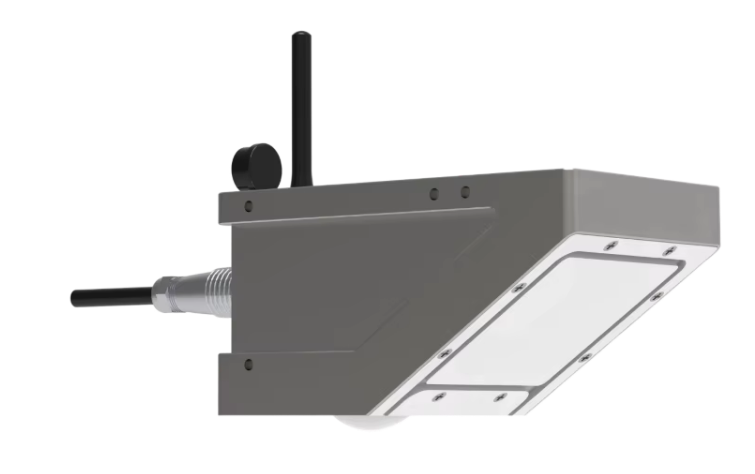Jakarta, Indonesia – The integration of hydrological radar sensors that measure water levels, flow rates, and flow volume is transforming the agricultural landscape in Indonesia. As farmers face the dual challenges of climate change and increasing demand for food production, these advanced technologies are proving to be essential tools in enhancing productivity and sustainability in the sector.
Real-Time Monitoring for Precision Farming
Hydrological radar sensors provide farmers with real-time data on water levels and flow rates in irrigation systems and nearby water bodies. This capability allows for precision farming, where water usage can be finely tuned according to crop needs and changing environmental conditions. By utilizing these sensors, farmers can optimize irrigation schedules, ensuring that crops receive adequate moisture without wasting precious water resources.
Enhancing Water Resource Management
Indonesia is home to diverse ecosystems, and effective water management is critical to safeguard these resources while supporting agricultural activities. Hydrological radar sensors allow for accurate monitoring of river levels and flood risks, helping farmers make informed decisions about when to irrigate and when to implement flood control measures. This proactive approach can significantly reduce crop damage during extreme weather events, such as heavy rainfall or drought.
Boosting Crop Yields and Food Security
With the ability to monitor flow volume and water levels, farmers can better manage their water supply, leading to improved crop yields. Efficient water management contributes to greater agricultural productivity, which is vital for ensuring food security in a nation faced with a growing population. As Indonesia strives to enhance its agricultural output, the data provided by hydrological radar sensors will play a crucial role in informing best practices.
Climate Resilience and Sustainability
As Indonesia grapples with the impacts of climate change, hydrological radar sensors facilitate greater resilience in agricultural practices. By providing accurate data on water availability and flow patterns, these sensors enable farmers to adapt their strategies to shifting climatic conditions, thus ensuring sustainable farming for future generations.
Conclusion
The introduction of hydrological radar sensors represents a significant advancement in agricultural technology in Indonesia. By improving water management, enhancing crop yields, and fostering resilience against climate impacts, these sensors are essential for the future of Indonesian agriculture.
For more radar water sensor information, please contact Honde Technology Co., LTD.
Email: info@hondetech.com
Company Website: www.hondetechco.com
Tel: +86-15210548582
As Indonesian farmers embrace these cutting-edge technologies, they are not only securing their livelihoods but also contributing to the nation’s broader goals of agricultural sustainability and food security in the years to come.
Post time: May-30-2025


